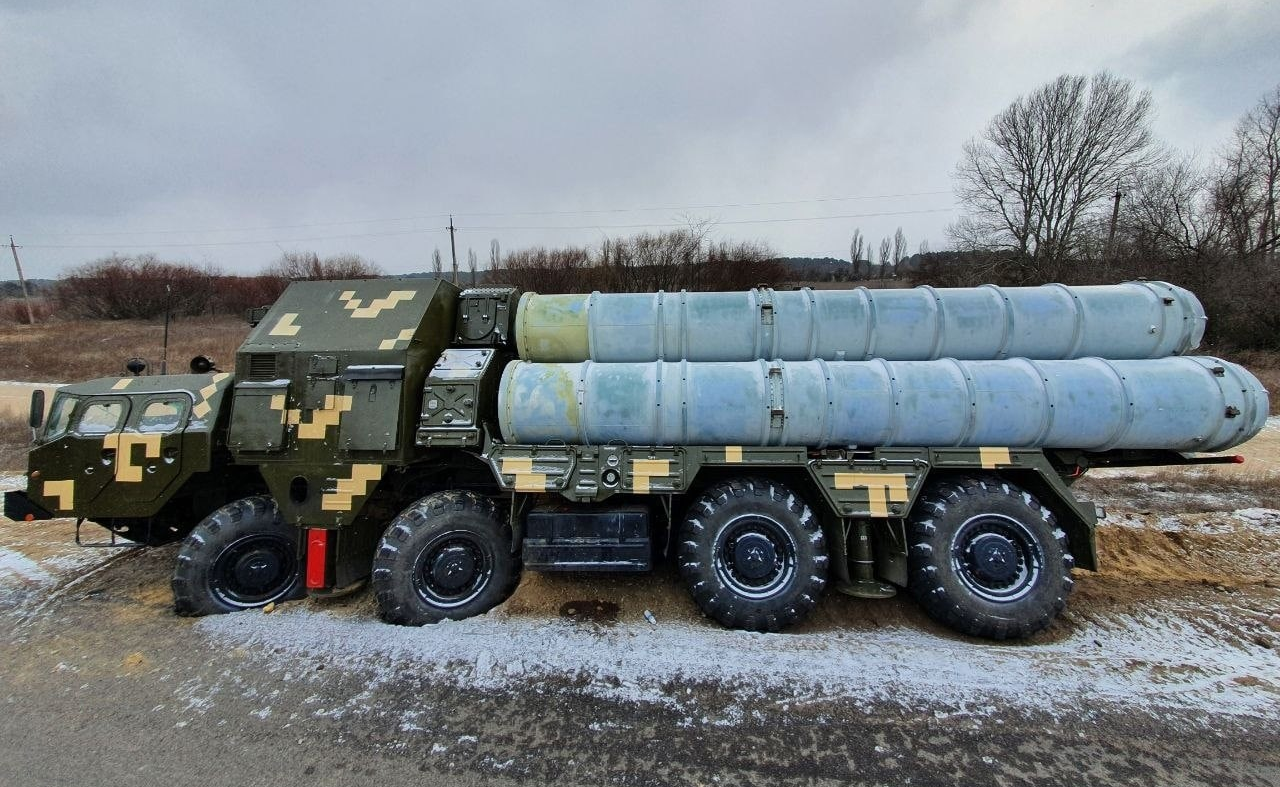Saturday 24 June 2023
Tuesday 13 June 2023
Monday 22 May 2023
Friday 3 March 2023
Thursday 2 March 2023
Monday 28 November 2022
Saturday 26 November 2022
Friday 25 November 2022
Tuesday 4 October 2022
Saturday 16 April 2022
There's little denying at this point that Russia's invasion of Ukraine has been an unmitigated military and economical disaster. What was meant to be a quick operation with the aim of surrounding and seize Kyiv and Eastern Ukraine, forcing Western powers to the negotiation table over the future status of the country, has now turned into a bloody war of attrition in the East that Russia is not in a position to sustain. Russia's offensive has laid bare a host of problems with Russian military leadership, tactics and equipment, together culminating in a catastrophe that will surely be analysed for years to come.
Wednesday 13 April 2022
Thursday 7 April 2022
Thursday 24 March 2022
Sunday 20 March 2022
Thursday 24 February 2022
Wednesday 8 December 2021
Wednesday 14 April 2021
By Stijn Mitzer and Joost Oliemans
Tuesday 29 September 2015
The arrival of the Su-34 'Fullback' fighter bomber to Syria could be seen as imminent since the initial deployment of the first combat assets to Syria, and has now finally confirmed to have occurred in recent days. Up to six Su-34s are now believed to have joined the four Su-30SMs, twelve Su-24M(2)s and twelve Su-25s already present at Hmeemeem/Bassel al-Assad IAP, Lattakia Governorate.
Monday 21 September 2015
After the sighting of Su-30MS' and Su-24M2s over Syrian airspace just days ago, new satellite imagery acquired by Stratfor and AllSource Analysis dating from the 20th of September has now revealed the presence of twelve Su-25 'Frogfoots' being assembled at Hmeemeem/Bassel al-Assad IAP for a total of twenty Russian combat aircraft now confirmed to be deployed in Syria. Around the same time, U.S. officials claimed that no less than twenty-eight combat aircraft and up to twenty helicopters have now been stationed in Syria as part of wider Russian deployment of military personnel in Syria.































